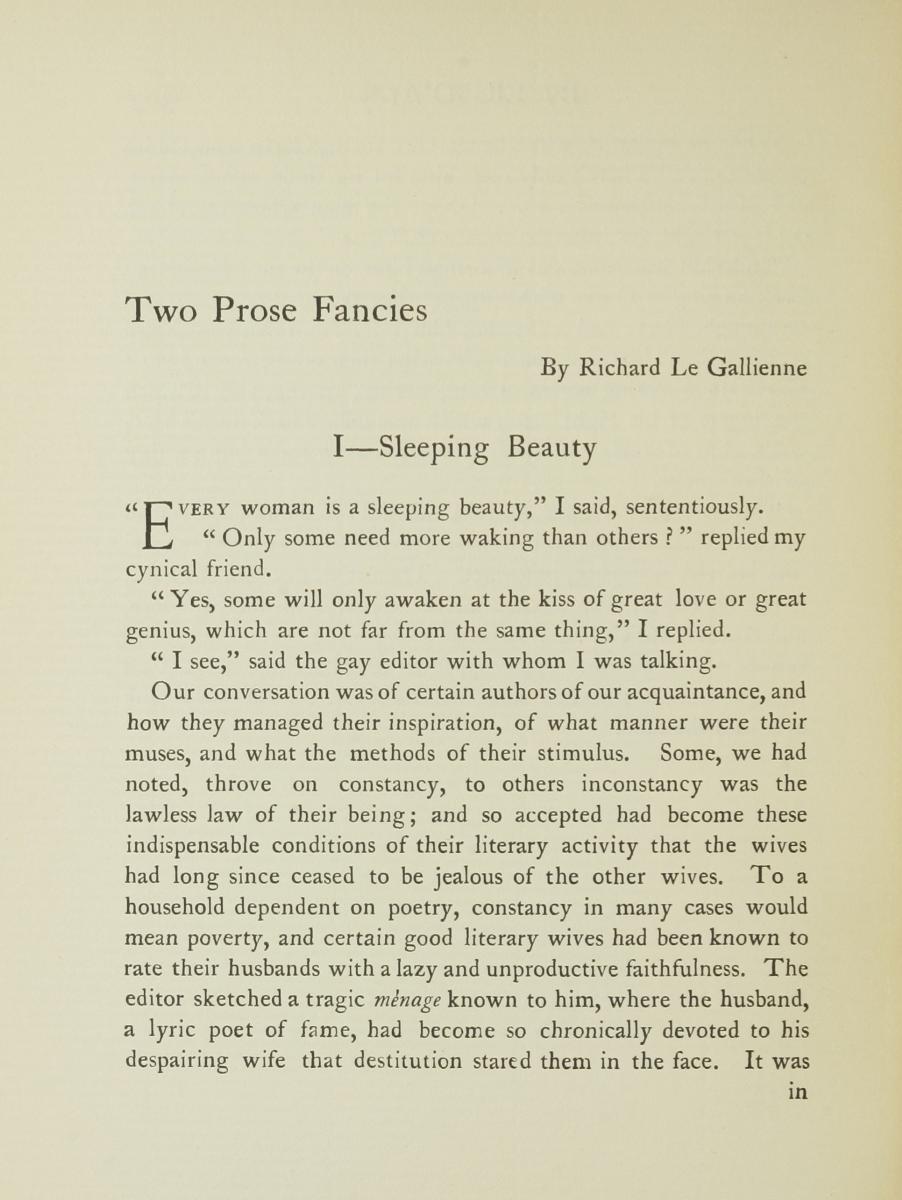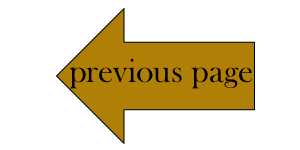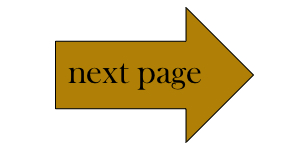The Yellow Book and the Power Dynamics Behind the Female Subject
Kaitlyn Fralick
Ryerson University
2543

|
|
- Image - Sir David Young Cameron’s “Vanity,” is a pen-and-ink etching of a style consistent to many pieces contained within The Yellow Book due to its use of the female subject. With the concept of the “high art maiden” in mind, of which a female subject is characterized by her appearance and connection to her natural surrounding (Anderson 442), much can be drawn from this image. The female subject is lavishly made-up, with butterflies floating around her, meeting many requirements of the concept. However, the subject does not fully embody this description due to her beauty fitting more into the conventional beauty of the time, rather than that of sharp edges, lack of curves, or soulful, intelligent eyes (Anderson 442). One contemporary critic noted that while the majority of the artwork in the thirteenth issue of The Yellow Book was poorly done, this particular piece stood out positively from the rest (“Bad Art in the Yellow Book” BR5). The image seems to suggest the mainstream view of Victorian females, which could explain its positive review. Even the title suggests an emphasis on the vain (or negative) qualities associated with one when they focus on appearance. The body positioning of the subject, with her head tilted, nose in the air, gazing down into a handheld mirror, exemplifies this “vain” quality. While the quality of self-absorption was viewed negatively when seen in men, it was not viewed as being as serious of a problem in women, as they were seen to be naturally “feminine” (Bullen via Anderson 441). In multiple ways, the female subject is a passive subject, as she is only defined by her embodiment and consumption of beauty. The key fact is that female beauty is being depicted by Cameron, a male. The female subject is being depicted in a way that appeals to a male creator and for the male readership to view, while promoting ideals of the passive woman. |
|
- Text -
Richard Le Gallienne’s “Sleeping Beauty” was part of his “Prose Fancies” series published over various issues of The Yellow Book. The text begins as a conversation between two males in which they begin discussing women they have known. The piece continues to Le Gallienne arguing his opinions on beauty, often referring to women as the “muse” and “inspiration” of men (Le Gallienne 309). Similar to the reception of Cameron’s “Vanity,” Le Gallienne’s “Sleeping Beauty” was viewed positively, as standing out from a majority of poor pieces in the volume (“From Crowded Shelves” 590). Le Gallienne’s main argument is in some ways progressive of the time as he pushes against the sense of there only being one type of beauty and that “beauty is in the eyes of the beholder” (Le Gallienne 309). However, the piece cannot truly be deemed progressive as he states that a women’s beauty is “asleep” and must be “awakened” by a male: "All beauty was once asleep like that, even the very beauty your housemaid understands and perhaps exemplifies. It lay asleep awaiting the eye of the beholder, it lay asleep awaiting the kiss of genius ; and, just as one day nothing at all seemed beautiful, so some day all things will come to seem so, if the revelation be not already complete” (Le Gallienne 311). Essentially, this classifies the “sleeping” female as the passive, and the “awakening” male as the active. By choosing to conceptualize female beauty as not only an object, but also an object that only exists under a male’s terms, the female in question becomes reduced to that of a commodity to exist both because of and for the male. |

Sleeping Beauty
by Richard Le Gallienne
|
- Image + Text + Context -
It can be argued that the reason for both Cameron and Le Gallienne’s work to be viewed positively amongst others in a review could be due to the fact that their depictions of women do not stray too far from the traditional societal norm. In other words, neither piece threatens the power of males. In both Cameron’s “Vanity,” and Le Gallienne’s “Sleeping Beauty,” the female subject is being depicted in a way that appeals to a male creator for male readership to gaze upon. The female in the image is only classified by her beauty and vainness. In the text, the females are characterized by their waiting for someone, more specifically a male, to come along and see (or awaken) their beauty. In both instances, her beauty is owned by the male; the beauty is given (or suggested) by the artist and author, to be consumed by the viewer and reader, acting as the consumer.

|
A close-reading of Richard Le Gallienne’s “Sleeping Beauty” and D. Y. Cameron’s “Vanity” shows The Yellow Book’s place in the ongoing discussion of women’s roles in text and art. While the magazine was progressive in the sense that women authors’ and artists’ works were featured in multiple volumes, its run was still a primarily male-dominated space, particularly seen in the thirteenth volume as its contributors were primarily male (Hughes 851). This leads to the conclusion that males were in control of how women were viewed through The Yellow Book by merits of images, poems, and essays, mimicking the control of men in Victorian society. This is not to say that women were not pushing back against this and making new ground, as The Yellow Book did in some ways contribute towards the feminist movement as per the aforementioned inclusion of women’s work. This understanding can still be problematic as some critics make note that The Bodley Head and John Lane, the publisher of The Yellow Book, provided mixed messages concerning the goals behind the pieces they wanted to publish; while the genres in which their work published often went against the social order, John Lane found business advantage in going along with the social order at times, often he decided to publish work promoting old conventions that other work they published tried to destroy (Stetz 84). This can be scene in The Yellow Book, while the text was known for its publishing risqué material, many of the works featuring a female subject did not push boundaries, but instead perpetrated the current societal norm for a woman’s place in society.
To look at this issue from a twenty-first century point-of-view, it is hard to not compare that to the depictions of women displayed in contemporary magazines. The topic of the female body is still a prominent discussion in today’s society, whether it be in fiction or advertisements, there is still a question of who created that image and who that depiction is for. Was it created by a male? Is the purpose of the image for male viewership? The female body is still often treated as a commodity that can be created, sold, and bought through male-dominated spaces. Exemplified in both pieces, the female subject is being depicted in a way that appeals to a male creator and male readership to gaze upon; she is very much a product to be consumed.






